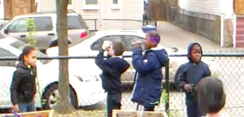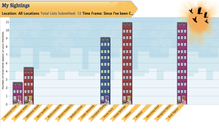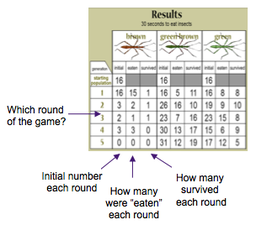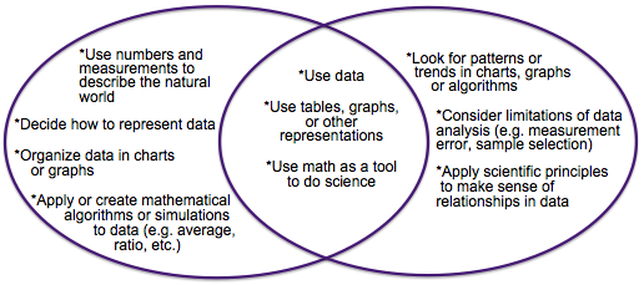Using Mathematical and Computational Thinking
Goals:
- Engage in mathematical and computation thinking in a scientific context
- Define the science practice of "mathematical and computational thinking", and be able to explain how it differs from other science practices
Agenda: |
Materials: |
|
|
1. Defining "Using Mathematical and Computational Thinking"
From the recently revised MA standards:
- In both science and engineering, mathematics and computation are fundamental tools for representing physical variables and their relationships. They are used for a range of tasks such as constructing simulations; solving equations exactly or approximately; and recognizing, expressing, and applying quantitative relationships.
- Mathematical and computational approaches enable scientists and engineers to predict the behavior of systems and test the validity of such predictions.
|
These are some ways that students might engage in "using mathematical and computational thinking":
|
Students observing and graphing the number and types of birds they see
|
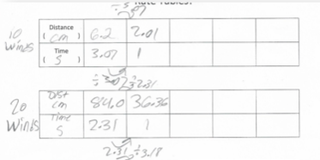
Think-pair-share:
- What other examples can you think of?
- What are some ways that your students engage in this science practice in your classroom?
|
Students using a rate table to calculate speed with data from a lab
|
2. Walking Stick Example
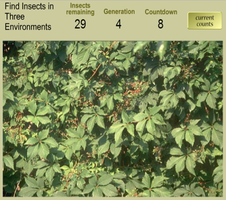
The context of this activity:
- Comes from the FOSS, Populations and Ecosystems kit
- During the activity, students explore how walking sticks’ ability to camouflage affects the population over time. Initially, walking sticks of three different colors are present in equal-size populations.
- Students go through five generations, during each of which they find and “eat” walking sticks. After each feeding the walking sticks reproduce proportionally until the population reaches 48 walking sticks again.
Watch the video below, which is of BPS middle school students engaged in the walking stick activity described above.
After watching the video, discuss the following questions:
- What did you notice in this video about how students used mathematical and computational thinking?
- What challenges might your students encounter as they engage in this science practice?
- How might you support your students as they use mathematical and computational thinking?
3. Graphing Data Activity
4. Video & Discussion
Watch the video below. The context of this video is that students were engaged in an activity around the question – Why do some parachutes fall more slowly than others?
Discussion Questions:
- How and what are students measuring in the video?
- Why is it important for students to measure during science class?
- How might you focus more on measurements in your classroom?
5. Questions to Ponder
Consider and discuss the following questions:
- What are some ways that your students are already engaging in this science practice?
- After today, do you have any new ideas about how you might create opportunities for your students to engage in mathematical and computational thinking?
- How is engaging students in "mathematical and computational thinking” similar/different from "analyzing and interpreting data"?
|
Using Mathematical and Computational Thinking
|
Analyzing and Interpreting Data
|
- This is one interpretation of how these science practices overlap. What do you think of it? Do you agree? Do you disagree? Why?
© 2016 Boston Public Schools Science Department
